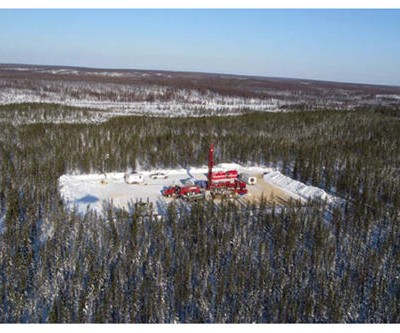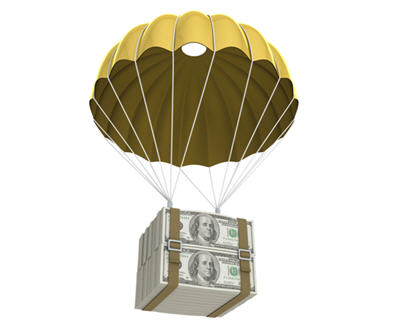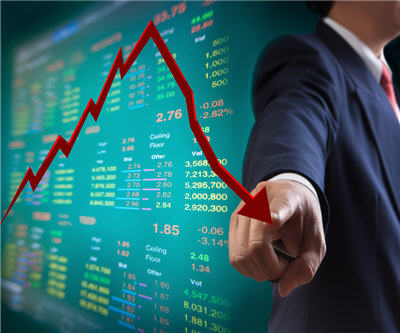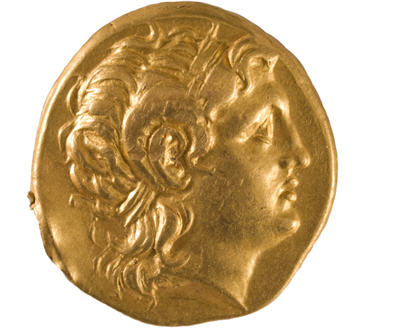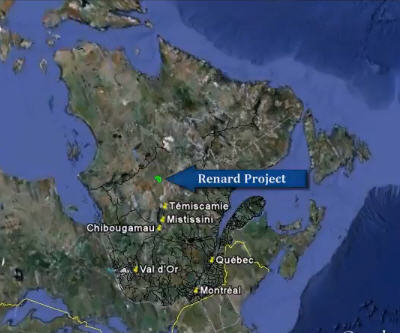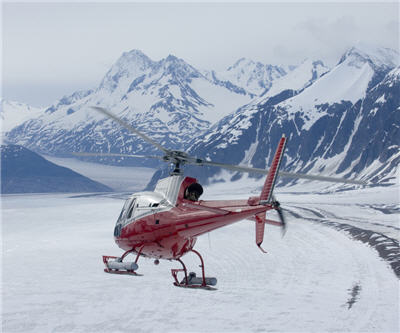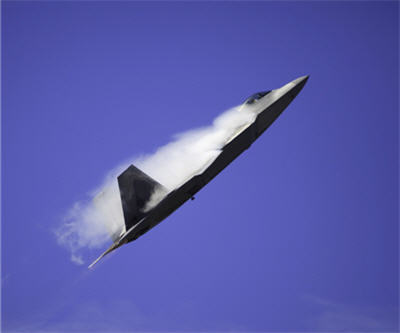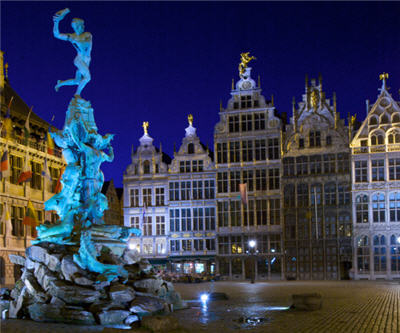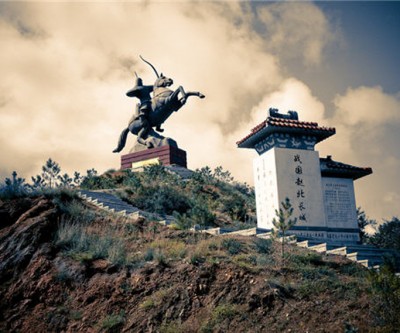Oilsands Quest cancels rights offer after finding potential white knight
After the market close on Monday Oilsands Quest announced it is cancelling a $60 million rights offer that only two weeks ago it extended for a second time. The embattled firm's shares spiked higher 22% to 25c, five cents above the offer price, in after-hours dealings following the news.
Oilsands Quest said it was working with a third party on a deal that would "change the company's financial position and funding requirements," but has not ruled out a new rights offer. Investors in the AMEX-listed firm have been on a bumpy ride. The stock is down some 70% from its January highs of 64c and gained 63% in a single day after Saskatchewan granted the company 15-year leases, the first in the province. But recent investors can feel smug about the fact that they did not buy into the junior during the frothy 2006 market – the counter hit a peak of $7.76 in March that year.

